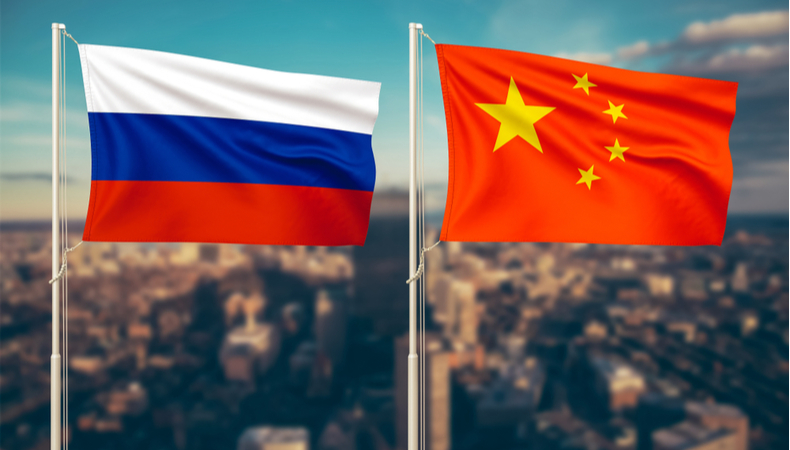China and Russia interests in Afghanistan, geopolitics and mineral resources

The Afghanistan reconquest by the Taliban has alerted the international community to its consequences on the geopolitical balance between states. On the one hand, the West says to be concerned about human rights in the country. But, on the other hand, governments like China and Russia have already announced collaborating with the Taliban in power.
For geopolitical experts, the opening up of China and Russia – which have already received the Taliban leadership led by Mullah Abdul Baradar in Moscow – is not motivated solely by the attempt not to ignite new hostilities between states. Instead, it is an economic and influential discourse on central-western Asia. Of the over 22,000 km of land borders that frame China, those currently affect Beijing is the only 76 km of walls shared with Afghanistan. The very brief geographical contact takes place at the eastern end of the Wakhan Corridor. An inaccessible strip of land in the northeast of Afghanistan.
The Wakhan Corridor stimulated the geographers’ and strategists’ fantasies and the aims of opposing empires. Still, despite this, it has always remained highly isolated, even by Afghan standards. To the point that not even the prolonged conflicts that have affected Afghanistan in recent decades have touched the strip, about 300km long and 60km wide. The triumphal Taliban counter-offensive had one of its key moments precisely in the conquest of the Wakhan Corridor. A territory of great logistical importance, of which even the Taliban are well aware.
In April, construction began in the eastern part of the Wakhan Corridor – the last phalanx of the finger mentioned above – of a road a few tens of kilometers long but with a profound geopolitical significance. The work should link Afghanistan with the Chinese region of Xinjiang, opening up to an entirely new commercial scenario. The five million dollars invested by the now-former Afghan government for the construction of what can be defined, given the altitude, a “road to the roof of the world,” pales in the face of the tens of billions of dollars put on the table by China for its Belt and Road Initiative infrastructure project.
Beijing has set its sights on the enormous Afghan mineral resources, and a transit route such as the one planned could favor the passage of goods both in and out of Chinese territory. However, at the moment, China has only begun to scratch the surface of the Afghan coffer. Although Afghanistan represents an essential piece of the New Silk Road initiative that Beijing has been carrying out for almost a decade, Chinese investments in the country have been relatively limited.
From 2017 to today, Beijing has invested about $ 4 billion in Afghanistan, mainly in the Aniak copper mines. According to some estimates, the mineral reserves in the Afghan subsoil are worth at least one trillion dollars. However, Pakistan, an iron ally in the region in particular for developing the port area of Gwadar, will receive six billion dollars.




